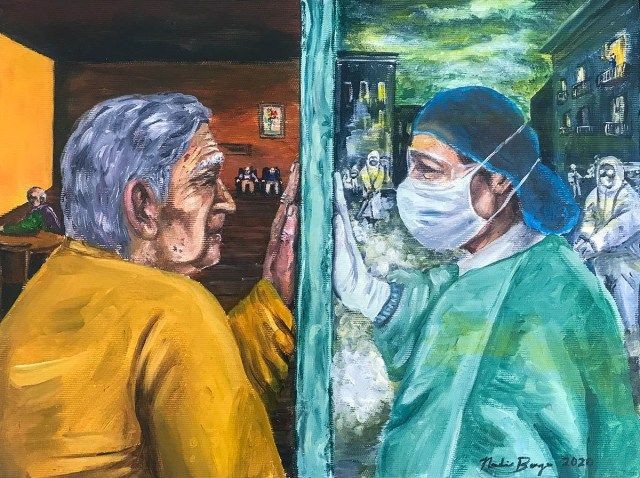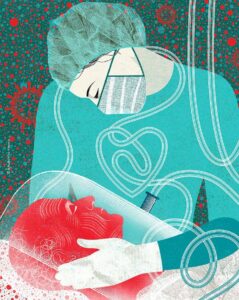
Frustration in the hospital wards goes both ways, where we see patient and doctor go neck-to-neck for treatment protocol and diagnosis. Healthcare providers often complain about reduced compliance from patients, while patients distrust doctors.
Considering the whole intention of healthcare is for societal betterment and wellness, all these issues point towards one thing – that there is an evident disconnect between both parties but the problem is multi-factorial. The only way we can analyse where we can make the process of receiving healthcare much more streamlined is by looking at both perspectives.
Often the healthcare workers fail to realise that receiving medical attention is only one part of the patients’ journey. Living with the illness is the most major facet, one that is often ignored by doctors on different levels. They lose sight of the patient’s perspective of illness, which is important since disease changes the way one looks at themself and affects their self-image.
Doctors, when they run tests, diagnose diseases, make treatment protocol are well-versed about the consequences of illness but are oblivious to its impact on an individual as they aren’t the ones going home with a large bundle of weighty life decisions to make.
And if practitioners can’t ensure a comfortable space for the people they treat, what else can anyone expect but a rising amount of scepticism when people approach a hospital?
On the opposite end of the spectrum, physicians are challenged by pressure from hospital administration, they are forced to see a multitude of patients every single day, which has been proven to be a major source of physician burnout.
Physician burnout for practitioners plays a big role in hindering the process of healthcare. It shifts the narrative of doctors ensuring the health of society to one where they now have to cater to the needs of those sitting higher up the bureaucratic ladder and adhering to redundant time-consuming regulations.
Another thing to note is that patients are more informed and demanding due to the wide range of information provided on the inter-webs. While the information provided on verified health pages are valid, they are beyond the scope of citizens to interpret and make judgements off. This often leads to patients getting overly anxious about certain ‘signs’ or symptoms leading to them not mentioning it to the doctor. Some of the information is misleading which can lead to altercations and disagreements between physicians and patients.
.This mixture of misinformation, communication barriers and burnout has led to a dent in the doctor-patient dynamic. Fixing communication gaps or ‘disconnects’ in the course of treatment, particularly at key moments, is vital. Some ways to improve the dynamic are through patient-education tools, promoting patient education and actively discouraging self-diagnosis.
To bridge this divide between healthcare provider and seeker, a conversation for change and betterment must start.
Written by Robin Cherian for MTTN
Edited by Kriti Gopal for MTTN
Featured Image by Nadia Borges
Artwork by Balbusso twins

Leave a Reply
You must be logged in to post a comment.